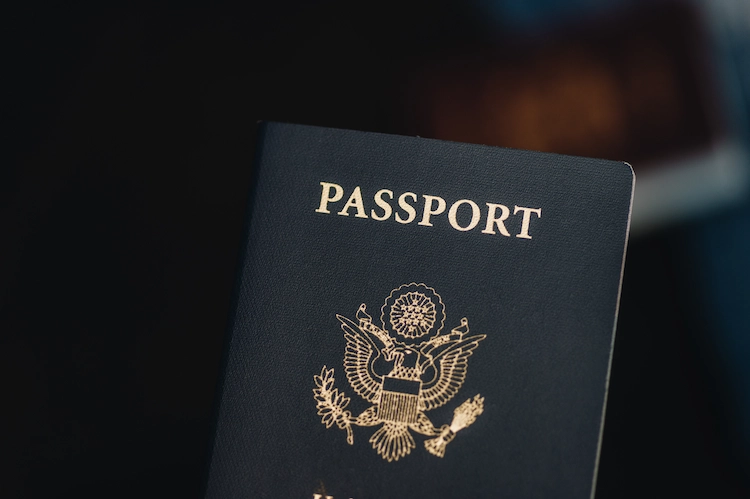Friedrichs v. California Teachers Association: 4-4 Tie Upholds Public Union Fees

On March 29, 2016, an equally divided U.S. Supreme Court affirmed the lower court ruling in Friedrichs v. California Teachers Association. The non-precedential per curium decision leaves the constitutionality of public union agency fees to be decided another day.
The Facts of Friedrichs v. California Teachers Association
Friedrichs v. California Teachers Association
In California, public school teachers are legally required to financially contribute to the local teachers’ union and that union’s state and national affiliates. In essence, they must either join the union or pay a “fair share service fee” intended to support union activities that are “germane to [the union’s] functions as the exclusive bargaining representative.” To avoid subsidizing expenditures unrelated to collective bargaining, public teachers must affirmatively object to nonchargeable expenses. The written objection must be subsequently renewed every year.
Several California teachers objected to California’s the agency-shop system and opt-out requirements, alleging that they ran afoul of the First Amendment. The Ninth Circuit Court of Appeals rejected the claims, maintaining that their were foreclosed by the Supreme Court’s long-standing precedent in Abood v. Detroit Board of Education. In the 1977 case, the Court held that the First Amendment does not prohibit public employees who do not join the union from being required to pay their “fair share” of dues for collective bargaining, contract administration, and grievance adjustment.
In granting certiorari in the case, the Supreme Court agreed to address whether Abood should be overruled. It also agreed to consider “whether it violates the First Amendment to require that public employees affirmatively object to subsidizing nonchargeable speech by public-sector unions, rather than requiring that employees affirmatively consent to subsidizing such speech.”
The Court’s Decision on Friedrichs v. California Teachers Association
The Court’s per curium decision consisted of one sentence. It read: “The judgment is affirmed by an equally divided Court.” The practical result of a 4-4 tie is that the lower court decision stands, without creating any new new precedent.
At least one party involved in the case has publicly acknowledged plans to pursue a petition for rehearing. Under Rule 44 of the Supreme Court Rules, a petition for the rehearing of any judgment or decision of the Court on the merits must be filed within 25 days after entry of the judgment or decision. The rule further provides that a majority of the Justices, including one who concurred in the original decision, must vote to rehear. It is unclear how this would work given that the justices were evenly divided.
Previous Articles
SCOTUS Holds Wire Fraud Statute Doesn’t Require Proof Victim Suffered Economic Loss
by DONALD SCARINCI on June 24, 2025
In Kousisis v. United States, 605 U.S. ____ (2025), the U.S. Supreme Court held that a defendant wh...
SCOTUS Holds Wire Fraud Statute Doesn’t Require Proof Victim Suffered Economic Loss
by DONALD SCARINCI on June 17, 2025
In Kousisis v. United States, 605 U.S. ____ (2025), the U.S. Supreme Court held that a defendant wh...
SCOTUS Considers Birthright Citizenship
by DONALD SCARINCI on June 13, 2025
On May 15, 2025, the U.S. Supreme Court heard oral arguments in Trump v. CASA, Inc., Trump v. Washi...
The Amendments
-
Amendment1
- Establishment ClauseFree Exercise Clause
- Freedom of Speech
- Freedoms of Press
- Freedom of Assembly, and Petitition
-
Amendment2
- The Right to Bear Arms
-
Amendment4
- Unreasonable Searches and Seizures
-
Amendment5
- Due Process
- Eminent Domain
- Rights of Criminal Defendants
Preamble to the Bill of Rights
Congress of the United States begun and held at the City of New-York, on Wednesday the fourth of March, one thousand seven hundred and eighty nine.
THE Conventions of a number of the States, having at the time of their adopting the Constitution, expressed a desire, in order to prevent misconstruction or abuse of its powers, that further declaratory and restrictive clauses should be added: And as extending the ground of public confidence in the Government, will best ensure the beneficent ends of its institution.





